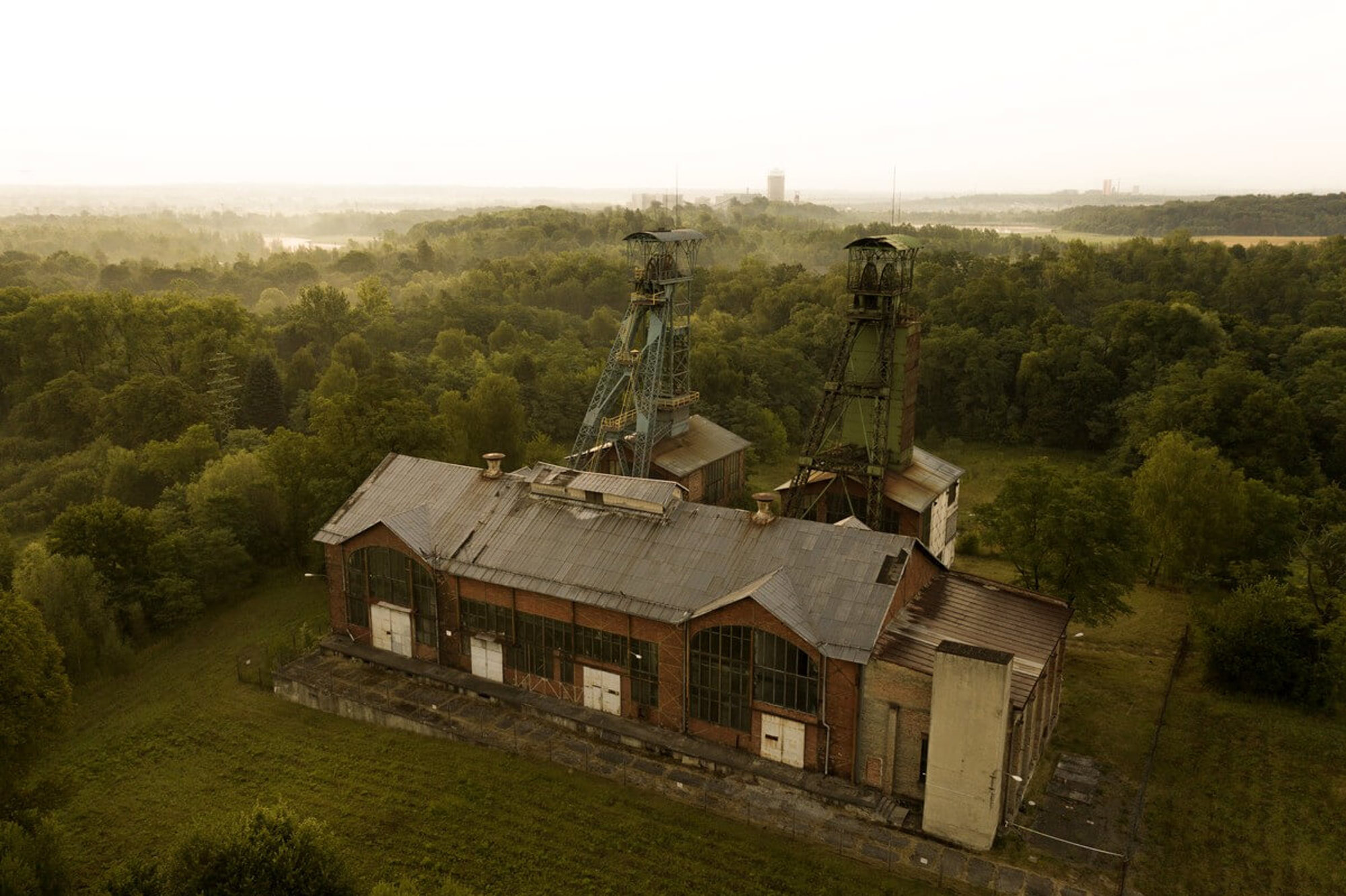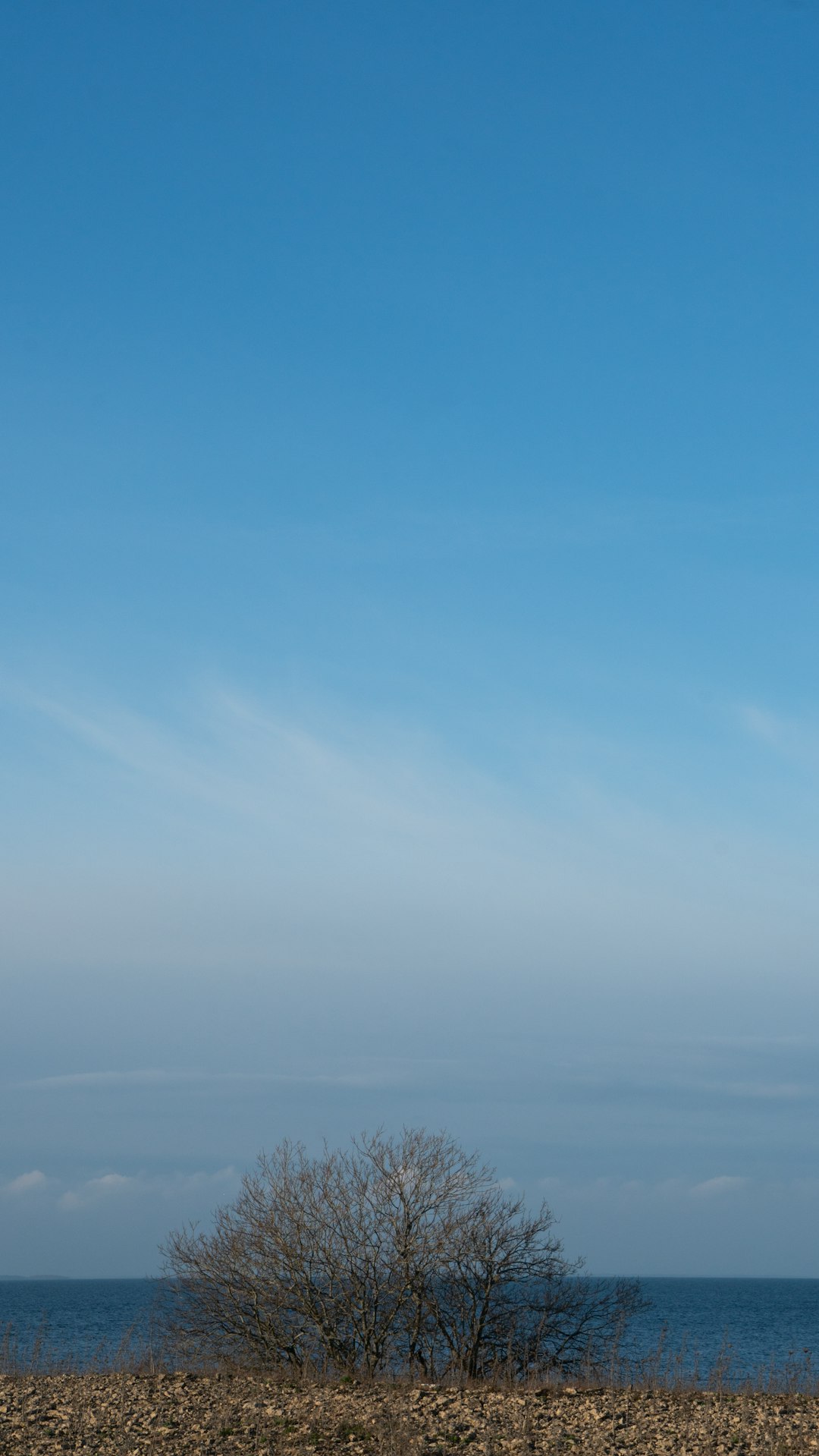Over the past 200 years, the Havířov/Karviná/Orlová region has been strongly influenced by coal mining and the development of heavy industry. But the early 19th century, this was still a heavily agricultural area - a herd of 40,000 Merino sheep grazed the meadows in the Karviná region. The town of Havířov did not even exist at that time. The mining boom brought about the rapid growth of cities and completely changed the character of the landscape. Today, there are only a few active mining sites in the area, and these are awaiting gradual closure. In addition to the typical landscape, filmmakers can also take advantage of industrial buildings at closed mines or, for example, the Church of St. Peter of Alcantara, nicknamed the "Czech Pisa".
6. November 2020


Post-Mining Landscape of the Karviná region | Photo: Martin Matera - Moravskoslezské Investice a Development
The mountainous landscape includes an area of about 60 km2 where large-scale coal mining began two hundred years ago, and villages and settlements developed into fully-fledged towns full of mining colonies. After World War II, a completely new town was built here on a green field - Havířov - with mining neighborhoods and parks. Due to mining, other towns and villages had to be relocated or even partially demolished - Karviná, for example.
As mining activities gradually cease, the modern use of the Post-Mining Landscape of the Karviná region is beginning to be addressed. One option is to offer sites here to filmmakers. The entire area offers a unique atmosphere and interesting locations. Under the acronym POHO2030, the concept of urban, recreational and cultural use of this landscape is being developed, a process in which more than 30 renowned experts from various fields are participating.
One of the most interesting buildings in the Post-Mining Landscape, the Church of St. Peter of Alcantara in Karviná, is listed in the Czech Book of Records and Curiosities as the most tilted church in the country. Because of mining in the area, it has moved by about 37 meters and tilted almost 7 degrees to the south. Although the church was in danger of collapsing, it was saved thanks to a general renovation in the 1990s.
The “Karviná Sea” in the Darkov area, directly below the mining towers, is an interesting natural feature. It's the largest lake in the area with an area of 32 hectares and a maximum depth of 25 meters and was created when the ground sank below the groundwater level due to mining activities, and the depression flooded. The mining towers not far from the lake make this place an interesting film backdrop.
Some great examples of industrial architecture include the reconstructed halls of the Barbora mine, featuring a compressor room with an area of almost 2,000 m2 and a boiler room measuring 924 m2. The halls of steel lattice construction with brick inlay walls and large windows, as well as two well-preserved mining towers are listed as historical monuments. They have drinking water and electricity connections.
According to Hana Vítková, the Moravian-Silesian Film Office has focused on the Karviná region since the end of 2011, when they found locations reminiscent of the lunar landscape: "Much has changed since then - the area has greened and been reclaimed - but it still offers a unique atmosphere and locations - from formerly active and still active mines to buildings bearing the consequences of mining activities, such as the Church of St. Peter of Alcantara, or a former coke plant intended for demolition, where filmmakers can have one of the last standing buildings blasted during the shooting with a clear conscience. We also have a golf resort on mined land with a view of the mine to places where humans trod only rarely, such as the Church of St. Barbora or the old cemetery in Karviná."
Producer Michal Reitler also has experience with filming in the Post-Mining Landscape. He praises how welcoming it was for the production of the award-winning television film Dukla 61: "We needed to find unique places and partners who would understand our needs and the reasons why we wanted to shoot in Chlebovice, on Havířov's Main Street, or at the Paskov Mine. These are all places with a unique historical footprint. Thanks to the helpfulness of local companies and the local government, filming went smoothly and we were able to balance the disadvantages of the distance from Prague."
Contact for filming in the Moravian-Silesian Region:
Moravian-Silesian Film Office: Hana Vítková, film@mstourism.cz, +420 734 766 746












